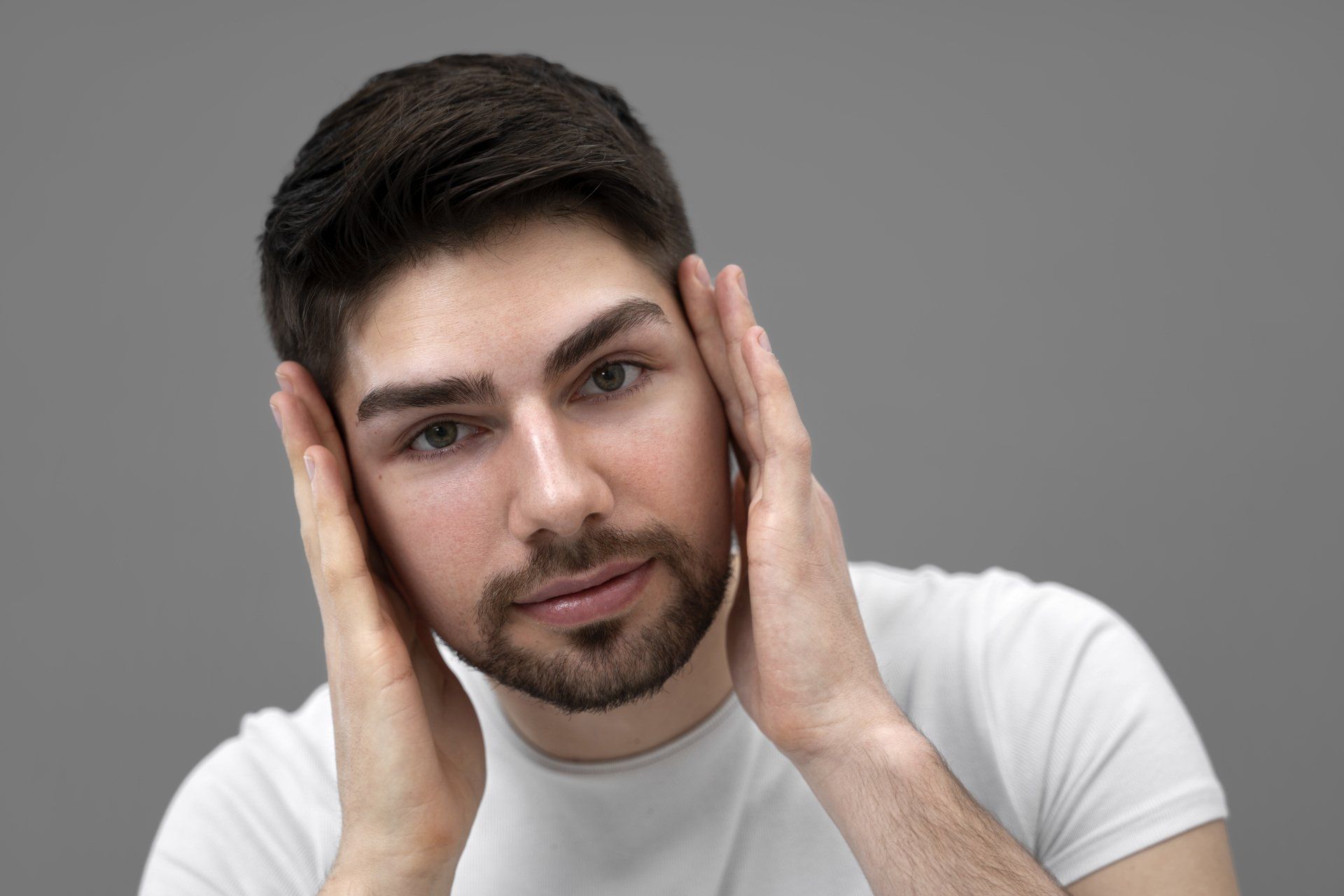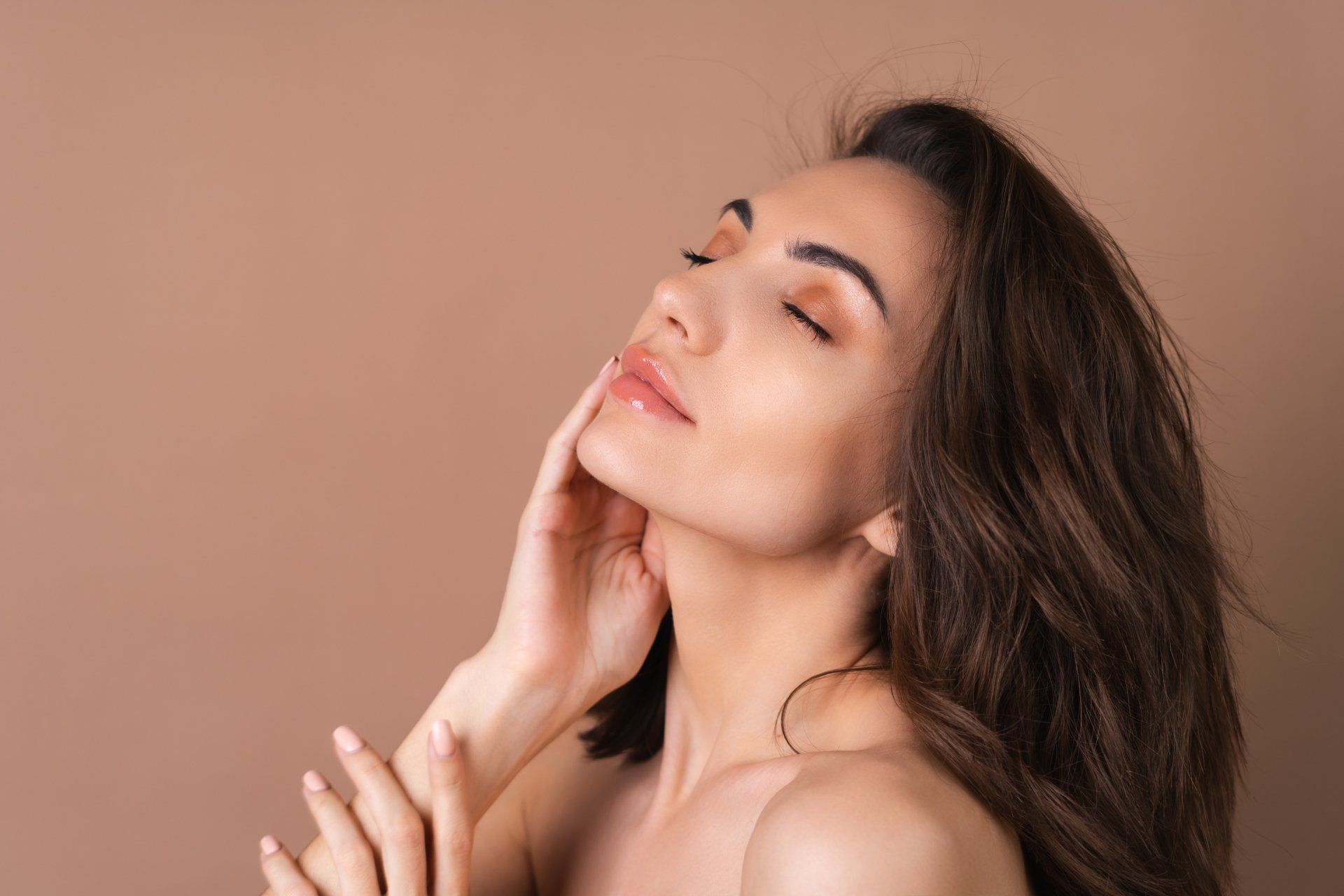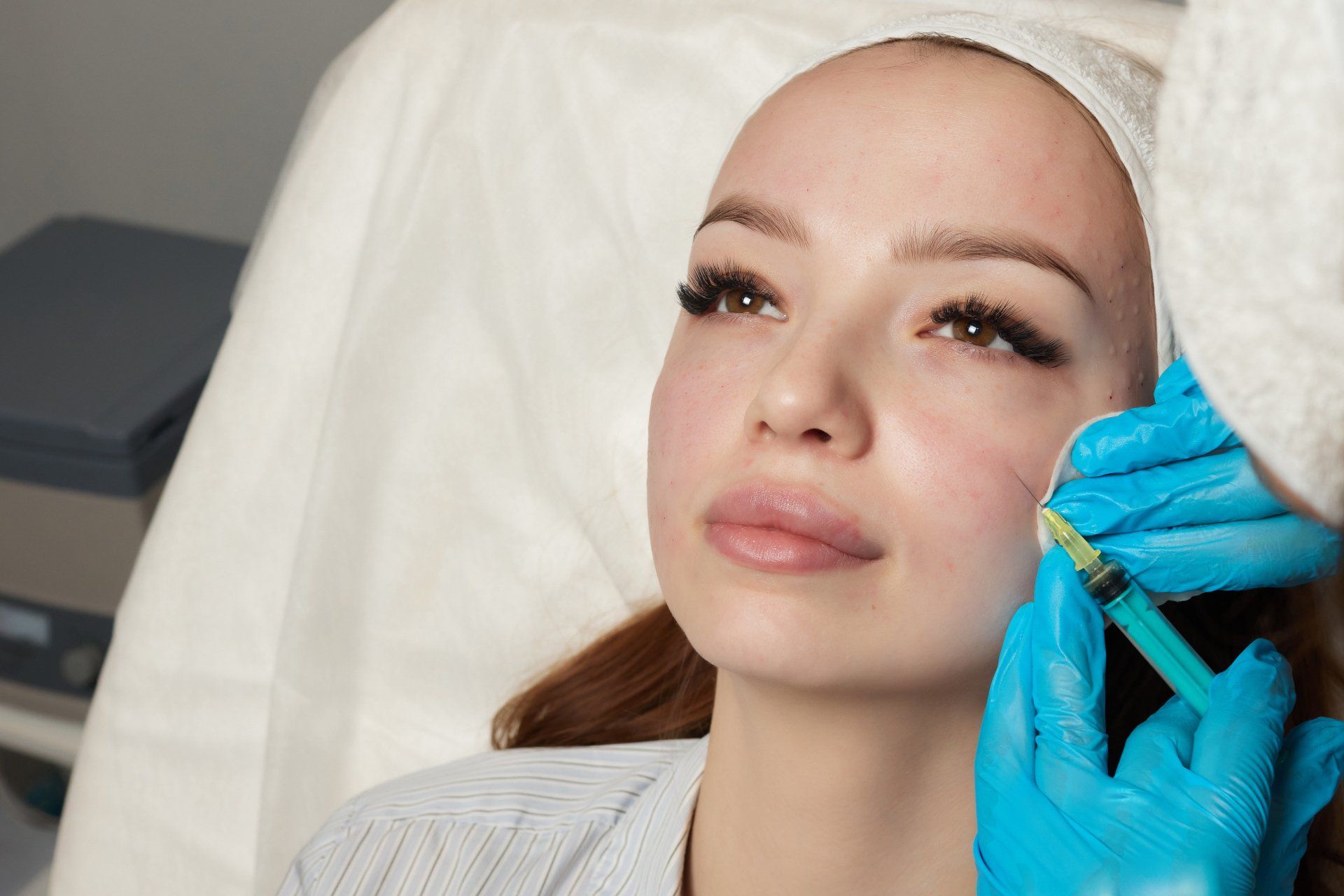PLATELET RICH PLASMA THERAPY
Platelet-Rich Plasma (PRP) therapy is a procedure that uses injections of a concentration of a patient’s own platelets to enhance skin rejuvenation and treat hair loss. Its also used to accelerate the healing of injured tendons, ligaments, muscles and joints. By using the body's own healing system, PRP is able to promote faster recovery times, enhance athletic performance and help alleviate chronic pain.
Treatment Areas
- Hairloss
- Face fine lines and wrinkles, restore skin elasticity
- Acne rosacea
- Acne scarring
- Lichen Sclerosus disorder,
- Improve the appearance of scars
- Improve skin texture,
- Hydrate dry, dull and lackluster skin
- Sagging Skin
How Does It Work?
Platelet Rich Plasma (PRP) is commonly used to treat hair loss and promote enhanced skin rejuvenation. PRP has also gained the name of ‘Vampire Facial’ or ‘Dracula Therapy, as it works by using your own blood as a stimulant in aiding regrowth of the cells in the affected area, along with the body’s own ability to heal, repair and revive itself.
To understand how PRP works it is important to be aware of the role that platelets play in healing,
platelets are a component of blood along with red and white blood cells. When a person sustains a cut or wound, the platelets are some of the body's "first responders" that arrive to stop the bleeding and promote healing.
Researchers theorized that if they could extract concentrated platelets and inject them into damaged areas of the body they could accelerate healing.
To produce PRP, the doctor will take a blood sample and put it into a machine called a centrifuge. This machine spins at a rapid rate which separates the components of the blood. The medical professional then extracts the platelets for injection.
PRP contains a range of growth factors and proteins that speed tissue repair. As some types of hair loss result from damage to hair follicles, researchers initially hypothesized that PRP could help regrow hair by reversing the process that occurs in androgenetic alopecia.
Frequently Asked Questions
We have the answers you need...




